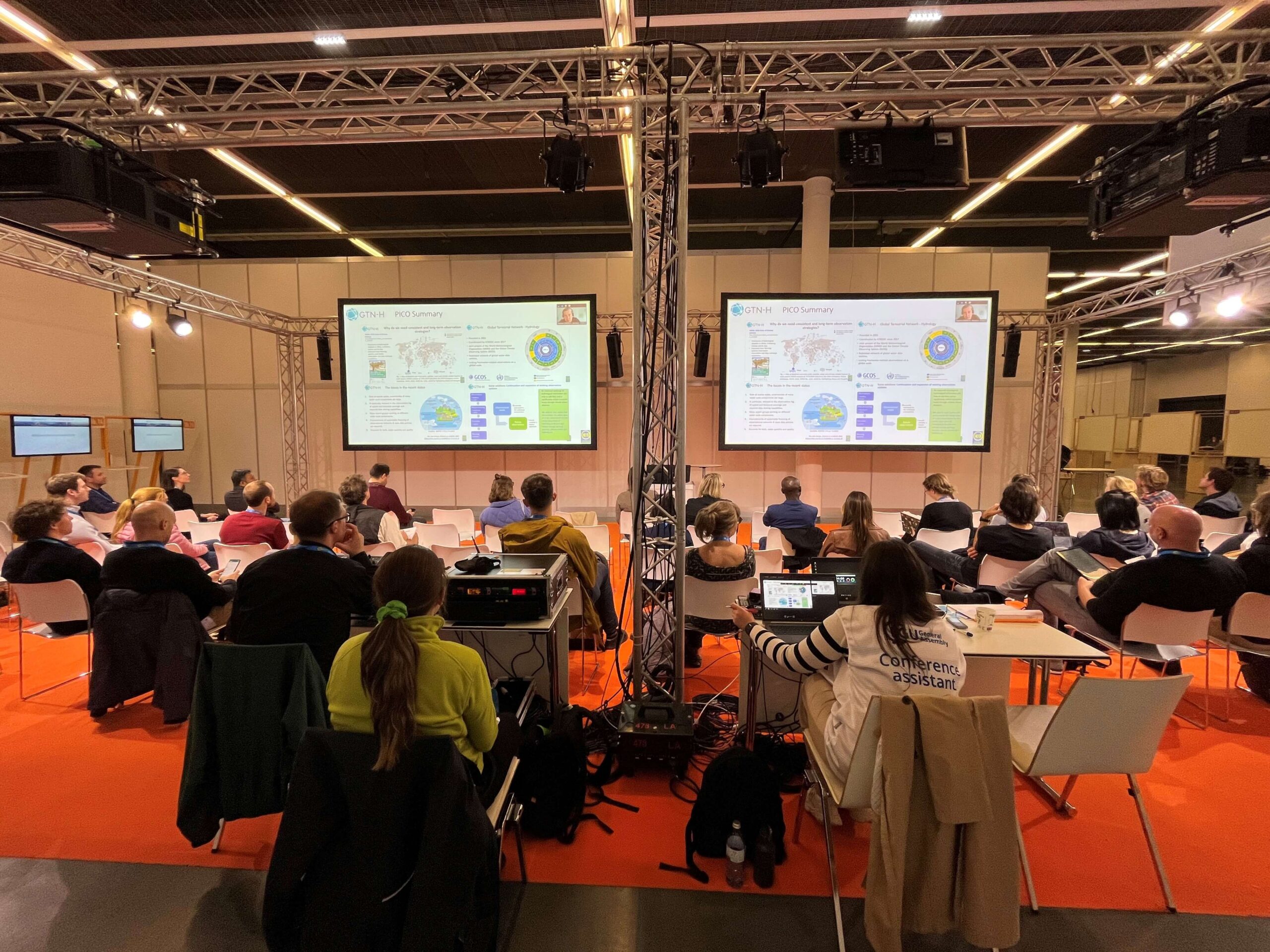The European Geosciences Union (EGU) is the largest congregation of geoscientists from all over the world in Europe. Several scientists of ICWRGC and BfG were actively involved in the EGU General Assembly meeting held between 23rd and 28th of April 2023 in Vienna, Austria.
ISMN
Four scientists from the International Soil Moisture Network (ISMN): Fay Boehmer, Matthias Zink, Wolfgang Korres and Tunde Olarinoye attended the EGU on site while others joined online. The ISMN team organised the first ISMN splinter meeting at any EGU event, aiming at promoting connectivity within the soil moisture community to improve data sharing, knowledge sharing and scientific collaborations. The splinter meeting was well attended by different stakeholders: soil moisture sensor manufacturers, data providers, data users and soil moisture enthusiasts. Besides the splinter meeting, Fay Boehmer presented the ISMN at a session on the role of subsurface runoff, soil moisture and surface-subsurface feedback in hydrology. In her presentation, she emphasized the role of soil moisture as an essential agriculture, meteorology and hydrology variable. She concluded by highlighting the ISMN efforts towards ensuring access to open and fair in-situ soil moisture data and encouraged a community-wide participation in the ISMN project.

Data centres and GTN-H
The international data centres: ISMN represented by Tunde Olarinoye, Global Runoff Data Centre (GRDC) represented by Claudia Faerber, International Groundwater Resources Assessment Centre (IGRAC) represented by Claudia Ruz Vargas and Arnaud Sterckx, Global Environment Monitoring System for Freshwater (GEMS/Water) represented by Dmytro Lisniak and Global Terrestrial Network – Hydrology (GTN-H) represented by Stephan Dietrich jointly convened a session titled “From observations to action: role of data services in hydrological research and management”. The session, co-sponsored by WMO, aimed at showcasing ideas, concepts, efforts and challenges in developing data products as well as demonstrating the benefit of setting up, maintaining networks, and sharing data to support the data acquisition ambitions of data centres. The new PICO session attracted 12 abstracts covering a wide range of hydro-meteorological data topics. Presenters gave a 2-minutes pitch talk which was followed by an extensive interactive discussion.
Stephan gave an introduction on Systematic water and climate observations through Global Water Data Centres and Networks in the GTN-H data centers session.
Tunde also co-convened the session “Large-sample hydrology: characterizing and understanding hydrological diversity and catchment organization”. It featured presentations on methods, data and advances in the understanding and modelling of hydrological diversity.
Science-practice Nexus and FRIEND-Water
In addition, Stephan co-convened the session “Elevating practice in the science-policy-practice nexus: highlights from operationalization of hydrological research and interdisciplinary collaborations” co-sponsored by WMO and UNESCO-IHP. The session highlighted contributions on interdisciplinary collaborations and existing hydrology initiatives, organizations, and networks that offer modalities and frameworks aimed at connecting typically isolated stakeholders of research and improving hydrological research-services interface on various scales and directions. Luna Bharati from ICWRGC participated in the session and presented a successful case study from her research where transdisciplinary methods were used to identify climate change risks and potential future land use scenarios. The research results including the hydrological models developed in the project were incorporated in the national irrigation master plan that was developed by the Department of Irrigation, Government of Nepal.
Stephan also co-convened the EURO-FRIEND splinter meeting on Large Scale Variations in Hydrological Characteristics. Luna and Claudia Faerber from GRDC attended this meeting in person.

Research and Networking
Luna and her PhD Student also participated in the session on extreme meteorological and hydrological events induced by severe weather and climate change. In their presentation titled Understanding the role of climate change in disaster mortality, they showed that extreme precipitation events caused by climate change has a significant impact in increasing mortality rates.
EGU presents an excellent opportunity for updating knowledge, networking, developing research ideas and establishing new collaborations.

[print-me target=”.print-eguto23″ do_not_print=”.toggle .printomatic .noprint” title=”” alt=”Beitrag drucken/Print this article”]




